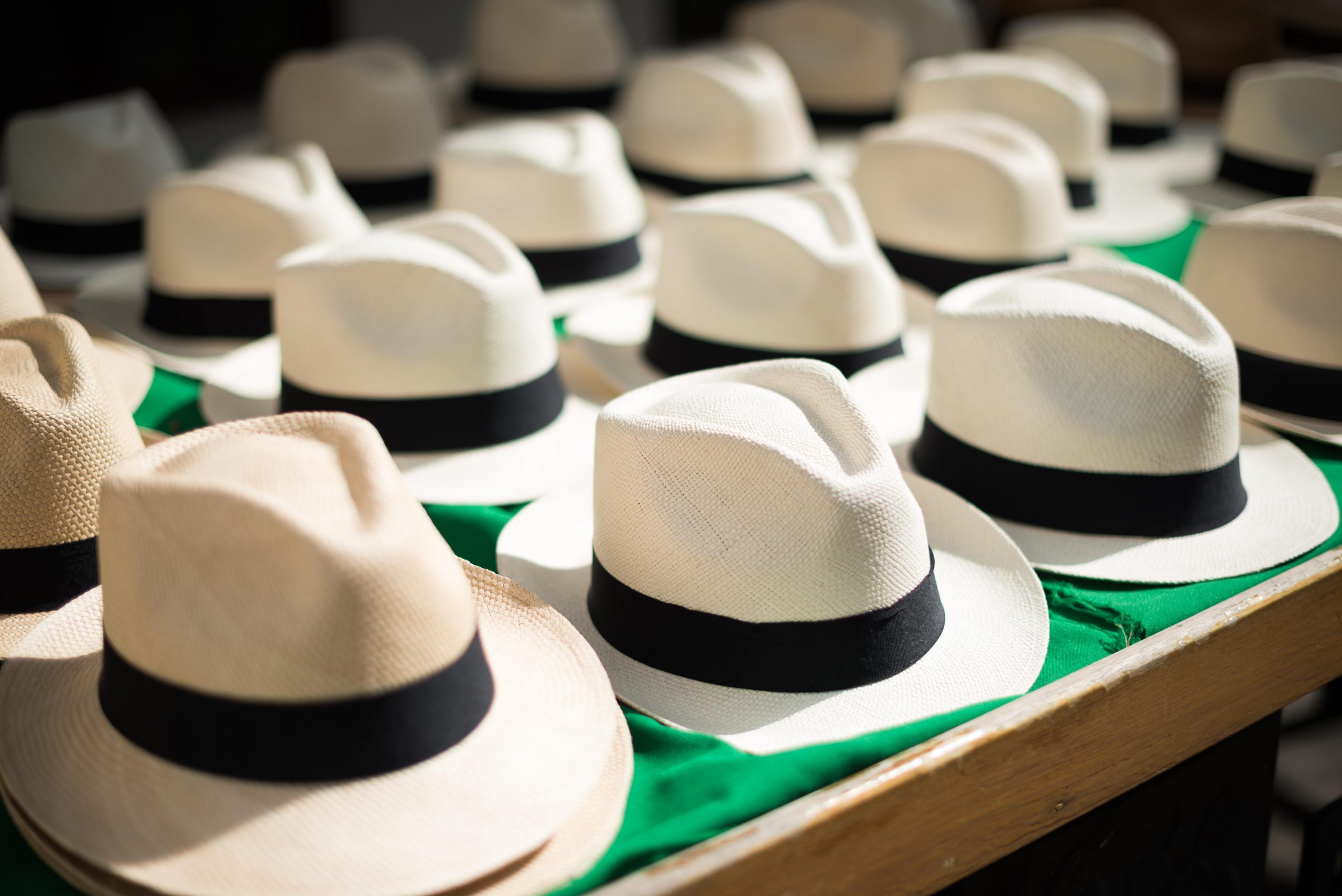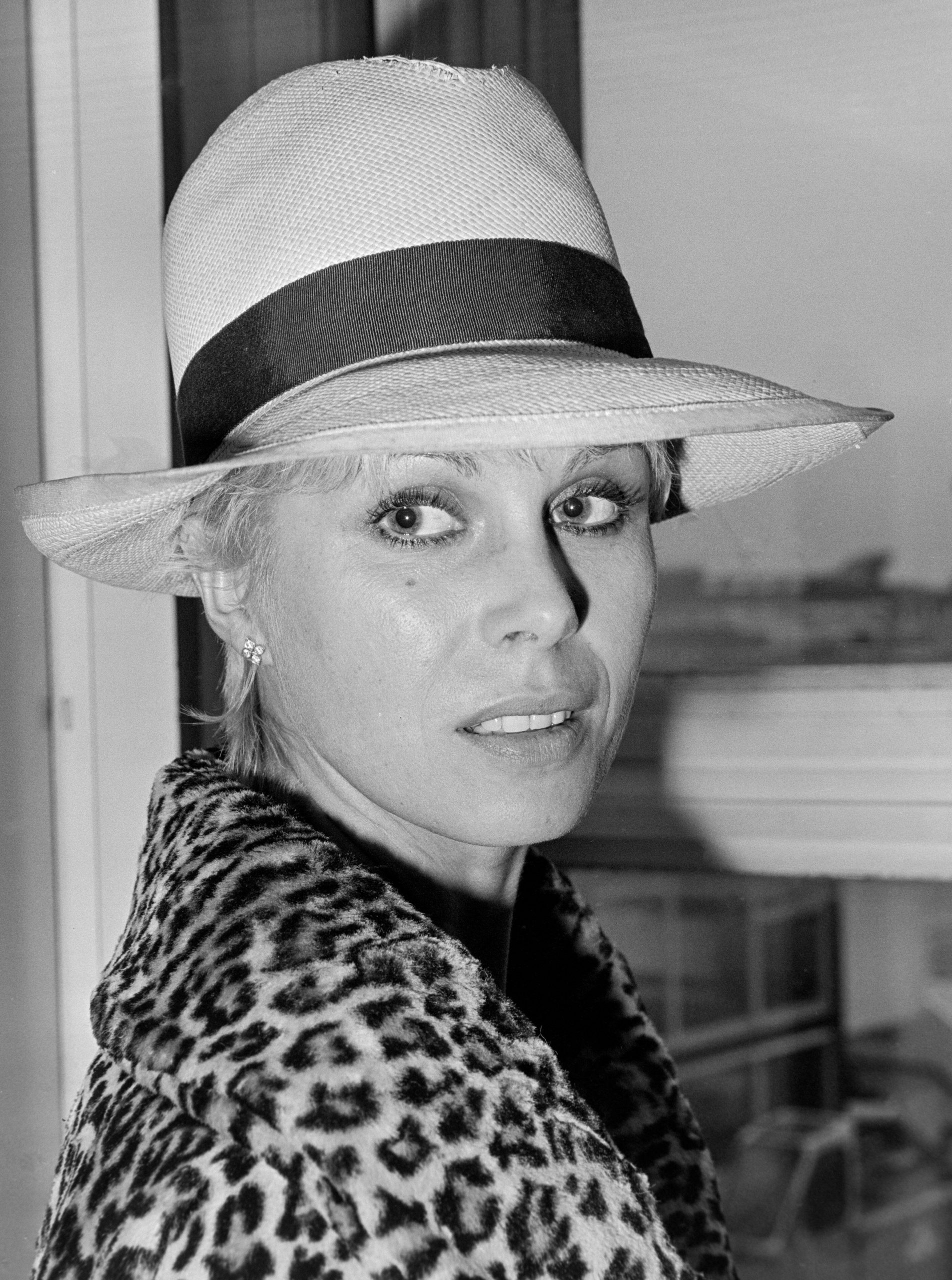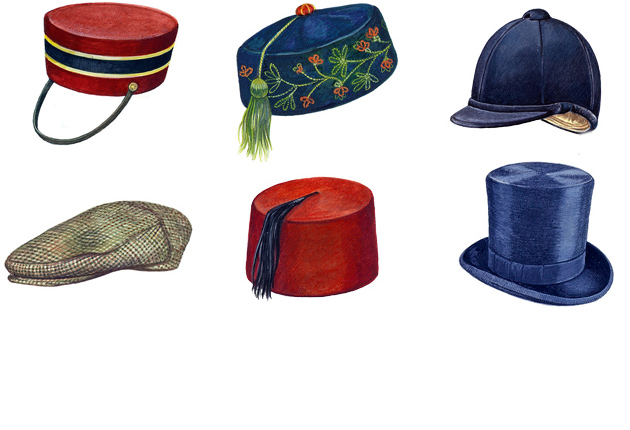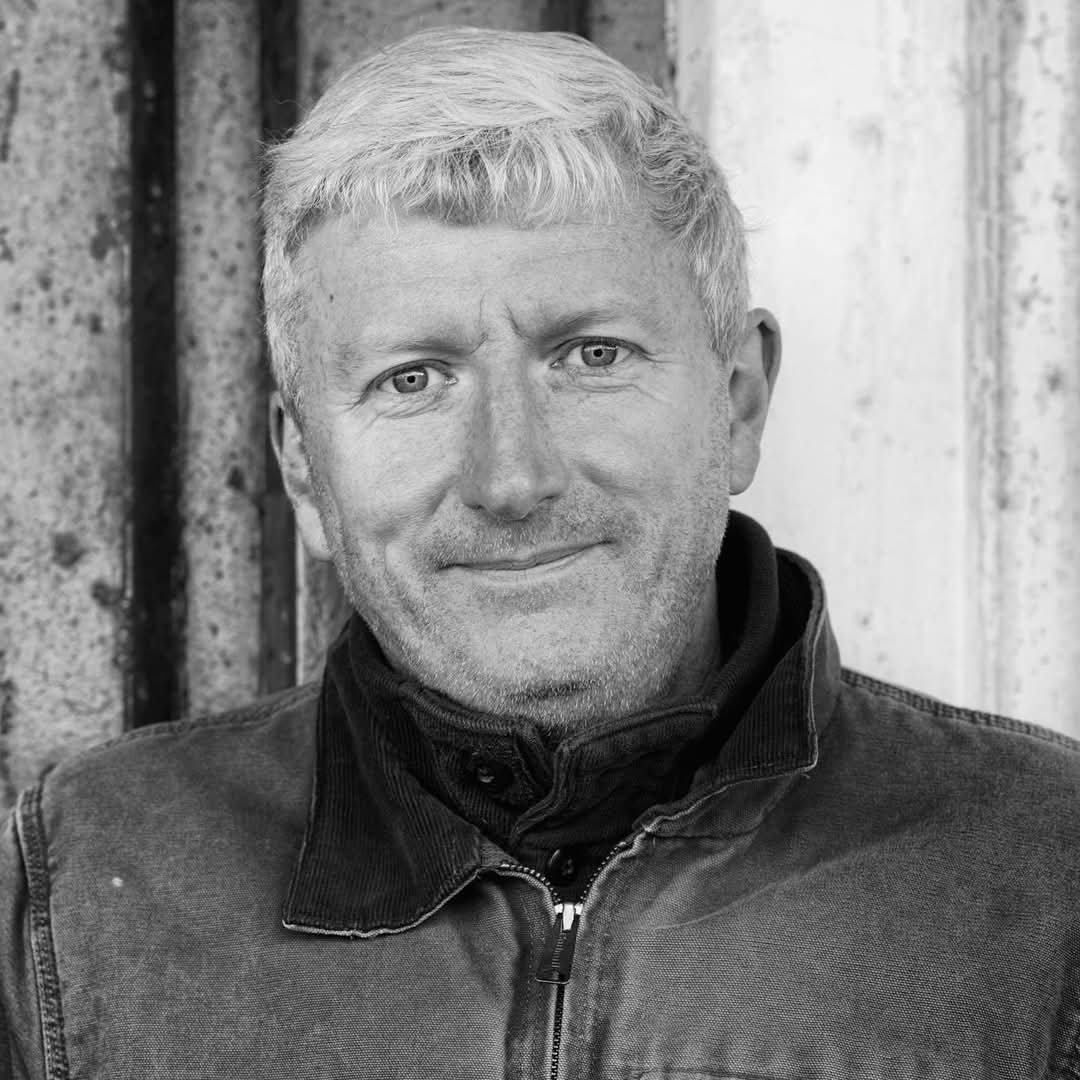Curious Questions: Do Panama hats actually come from Panama?
As supple as an Olympic gymnast and as uncrushable as the bulldog spirit, the Panama hat has long been a staple of the British gentleman’s summer attire. Harry Pearson takes a look at them, and answers the burning question: do Panama hats come from Panama?


The Panama hat is the symbol of elegant British summer living, synonymous with Pimm’s and strawberries, blades feathering, the rattle of batting collapses and the ripple of sympathetic applause at Wimbledon as a plucky British player bows out in the early rounds.
Sported by the art historian abroad and the detective on a Nile cruise, it is also the hat a man wears when day-dreaming of driving an open-topped roadster along the Corniche with Grace Kelly in the passenger seat. Although the trilby suggests pipe tobacco and fly-fishing in the autumn rain, the Panama carries the whiff of Cuban cigars, white smoke rising before a silhouette of ancient ruins against a dimming orange sun.
It is both practical and fantastical.
It has panache.
It also — as you may have guessed from the title above — has the wrong name.
‘The first thing to know about Panama hats is that they don’t come from Panama,’ explains hat maker Mavi Tzaig. Who knew that the name of Britain’s most popular summer headgear is a geographical misnomer? Just as French horns and Capri pants originated in Germany, so the Panama, in reality, comes from Ecuador.
Mrs Tzaig, along with her Ecuadorean mother, Jenny Frohlich, runs The Panama Hat Company, the UK’s largest importer and maker of Panama hats. ‘When the Conquistadors arrived in Ecuador, the indigenous people wore hats made from the fibres of a palm-like plant (Carludovica palmata),’ Mrs Tzaig continues. ‘The hats were brimless and looked like the tocado that were then fashionable among Spanish nobility, so the Spaniards called the plant paja toquilla (hat straw).’
Exquisite houses, the beauty of Nature, and how to get the most from your life, straight to your inbox.
It’s the special Ecuadorian straw that lifts Panama hats above the competition. ‘The straw has incredible flexibility,’ notes Mrs Tzaig. ‘It’s wonderful to work with. Hat makers will tell you that paja toquilla is the cashmere of the straw world.’

In the 18th century, the Ecuadorean weavers started adding brims to their hats. Known locally as sombrero de paja toquilla, they were sent up to Panama, from where they were shipped around the globe. Travellers traversing the Isthmus of Panama to avoid a lengthy and hazardous voyage around Cape Horn bought the imported hats to shade them from the tropical sun. Tens of thousands were carried up to California during the 1849 Gold Rush. The notion that the hats originated in Panama became fixed in the heads of Europeans and North Americans. The Ecuadoreans did their best to reclaim the Panama for themselves, presenting one of their finest hats to Emperor Louis Napoleon of France at the Paris World’s Fair in 1855. The trend-setting French monarch was delighted and wore his new headgear as he sauntered along the prom in Biarritz. If he told people where it came from, however, nobody took much notice.
Napoleon III spent the last years of his life in exile in Chislehurst, Kent. Perhaps he brought his fashionable Panama with him. However it got to Britain, by the first decade of the 19th century, the hat was a feature of the British season and the sums gentlemen were spending on high-quality Panamas were so extraordinary that they made newspaper headlines.
How are Panama hats made?
- The straw used to make Panama hats is harvested in the cloud forest and dried in the equatorial sun.
- The strands are then hand-woven around a wooden block to create the crown of the hat. Next, the brim is added.
- This is followed by the unique process in which the straw is turned back toward the crown and woven into a loose band around the outer edge of the brim.
- Once woven, the hats are pummelled to make them supple, washed in rainwater, hand-ironed back into shape and, finally, trimmed and left out in the sun to dry.
- The colour of the Panama is naturally that of Jersey cream, although some are bleached to milky whiteness using sulphur from Andean volcanoes.
The quality of the hat is defined by the fineness of the straw used to weave it. ‘The best Panamas are woven from straw that’s as fine as cotton thread,’ Mrs Tzaig points out. ‘The finer the straw, the higher the density of the weave. Really high-quality hats can have as many as 3,000 weaves per square inch.’
Such superior-quality Panama hats, The Strand magazine informed its readers in 1902, were as ‘rare as blue diamonds’ and cost the same as a ‘small farm’ (nowadays, they are more akin to the price of a family car). These Panamas, the writer claimed, could carry water as securely as any tin bucket and be rolled so thinly they would ‘pass through a wedding ring’ or be ‘tucked in a top pocket like a pencil’. Such treatment is not recommended by Mrs Tzaig. ‘There are a lot of old wives’ tales about Panamas,’ she remarks. ‘My mother says hats that have been rolled up sit on your head like a boiled chicken!’
Of course, that lived-in look is something many people favour. ‘A lot of British people don’t want their Panama to look pristine. They want it to look lived-in. It adds character,’ observes Mrs Tzaig. ‘In fact, we’ve been commissioned in the past to make hats that are frayed around the edges and misshapen.’ It’s the millinery equivalent of buying pre-ripped denim.

The man who made the Panama fashionable in Britain would not have opted for anything so self-consciously eccentric. In the early years of his reign, Edward VII reputedly paid £90 to a Bond Street hatter for a top-quality Panama. His Majesty then caused gasps of astonishment from the throng at Goodwood when he arrived for a day’s racing clad not in the traditional tails and top hat, but in his swanky new Panama and a light linen suit. It was the male equivalent of Coco Chanel’s jersey dresses torpedoing the iron-clad Victorian silhouette and revolutionised men’s summer fashion in much the same way. When Edward VII died in 1910, the now traditional black band was added to the British Panama as a mark of respect to the man who had done most to popularise it here.
The enjoyment of the new lightweight head-gear was not confined to men. Because, although it was the chosen summer headwear of bristly individualists, such as Ernest Hemingway, the Panama hat had gender fluidity. In 1904, The Gentlewoman excitedly praised the Panama for being ‘without distinction for both sexes… Angelina may borrow Edwin’s and Edwin may borrow Angelina’s’. Although whether Edwin was sufficiently secure in his masculinity to follow the magazine’s suggestion and trim his Panama with a silk ‘Assyrian-printed scarf’ is another matter.
Many traditionalists dismissed the Panama as a trendy fad that would fade as rapidly as a summer tan. They were wrong. By 1909, The Gentlewoman was describing the hat as ‘the first indispensable of outdoor country life’. No foreign import has become a fixture of British life so fast — not even the Aga, or the Labrador.

The reasons for the Panama’s popularity are easy to discern. Other straw hats are brittle. They can be destroyed forever by a careless foot or misplaced backside. The Panama is as supple as an Olympic gymnast and as uncrushable as the bulldog spirit. The hat’s resilience, along with its racy elegance, saw it outstrip main summer rival the straw boater to such an extent that, by the 1960s, Sir Hardy Amies could waspishly observe of the latter that it is, ‘best left to fishmongers and Harrovians’.
The Panama is versatile, too. Although most hats are categorised by their shape, the Panama is defined by the special straw it’s made from. ‘The original hat — with the high crown and central ridge favoured by Theodore Roosevelt and Winston Churchill — was modelled on the bowler hat,’ Mrs Tzaig explains. ‘But different styles were soon designed, made and adopted.’ Hercule Poirot even wears a Panama version of his trademark homburg when solving crimes in sunnier climes.
Well looked after, a quality Panama hat will last a lifetime. Mrs Tzaig’s advice: ‘Always hold your hat by the brim. Never pinch the crown. Store your Panama in a place that’s not too dry. Once a year, leave it on the bathroom sink while you bathe, so it absorbs the steam.’

What does your hat say about you?
The British man's love affair with hats may not be quite as ardent as it once was, but its fascinating
Harry Pearson is a journalist and author who has twice won the MCC/Cricket Society Book of the Year Prize and has been runner-up for both the William Hill Sports Book of the Year and Thomas Cook/Daily Telegraph Travel Book of the Year.
